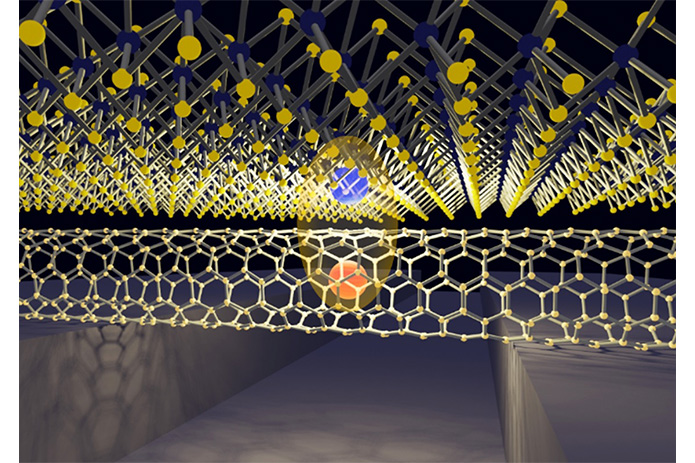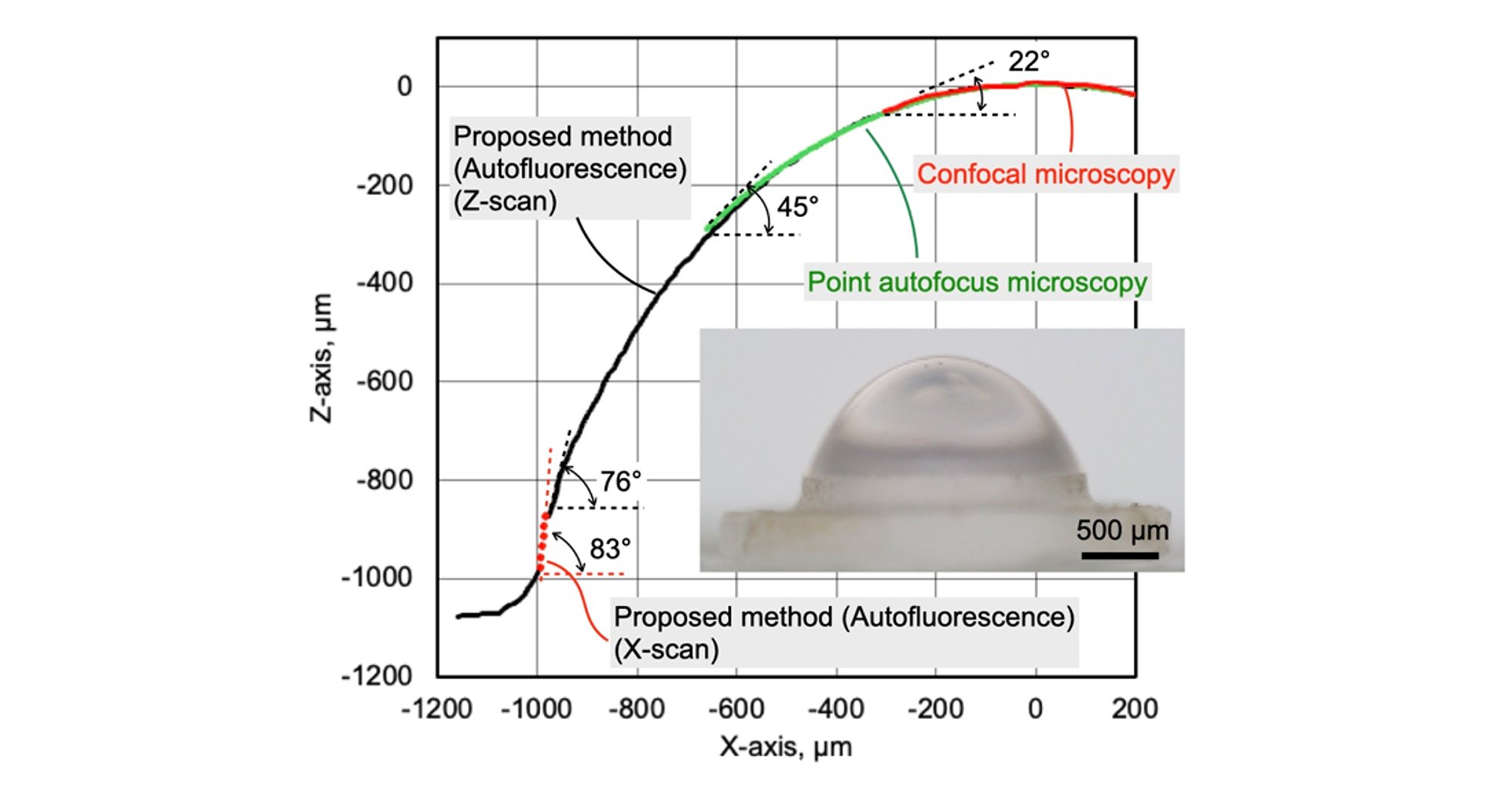Share this
Authors
Nan. Fang, Y. R. Chang, D. Yamashita, S. Fujii, M. Maruyama, Y. Gao, C. F. Fong, K. Otsuka, K. Nagashio, S. Okada, Y. K. Kato
Abstract
Nanomaterials exhibit unique optical phenomena, in particular excitonic quantum processes occurring at room temperature. The low dimensionality, however, imposes strict requirements for conventional optical excitation, and an approach for bypassing such restrictions is desirable. Here we report on exciton transfer in carbon-nanotube/tungsten-diselenide heterostructures, where band alignment can be systematically varied. The mixed-dimensional heterostructures display a pronounced exciton reservoir effect where the longer-lifetime excitons within the two-dimensional semiconductor are funneled into carbon nanotubes through diffusion. This new excitation pathway presents several advantages, including larger absorption areas, broadband spectral response, and polarization-independent efficiency. When band alignment is resonant, we observe substantially more efficient excitation via tungsten diselenide compared to direct excitation of the nanotube. We further demonstrate simultaneous bright emission from an array of carbon nanotubes with varied chiralities and orientations. Our findings show the potential of mixed-dimensional heterostructures and band alignment engineering for energy harvesting and quantum applications through exciton manipulation.
Nature Communications: https://www.nature.com/articles/s41467-023-43928-2
These Related Stories


